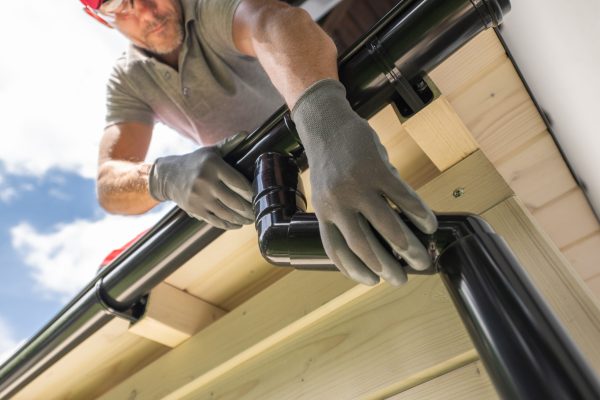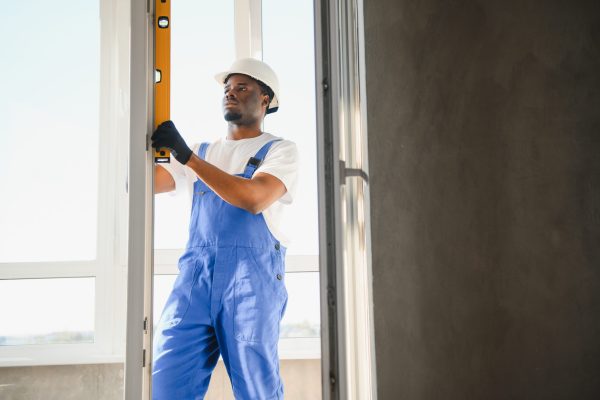SIDING OPTIONS FOR EVERY HOME STYLE
Posted on March 19, 2025.
When it comes to enhancing your home’s curb appeal, siding plays a pivotal role. It not only protects your home from the elements but also defines its look and style. With so many options available today, choosing the right siding can be a daunting task. Fortunately, PQ USA CONSTRUCTION is here to guide you through the best siding options for every home style, so you can make an informed decision that perfectly suits your home.
1. Traditional Homes
For traditional homes, you’ll want siding that exudes timeless charm and elegance. The following options are perfect for bringing out the classic beauty of traditional architecture.
Wood Siding (Clapboard or Shingles):
Wood siding is the epitome of traditional design, offering warmth and character. Whether you prefer the clean, horizontal lines of clapboard siding or the charming, layered look of wooden shingles, this material enhances a home’s natural beauty. While wood requires regular maintenance, its timeless appeal is unmatched.
Vinyl Siding:
Vinyl is a popular choice for traditional homes because of its low maintenance and durability. Available in a variety of colors and textures, vinyl siding can mimic the appearance of wood, offering an updated look while retaining the traditional style.
Fiber Cement Siding:
A durable alternative to wood, fiber cement siding offers the same aesthetic with superior resistance to the elements. It’s available in a variety of styles, including horizontal lap, vertical panels, and shingle-like textures, making it a versatile choice for traditional homes.
2. Modern Homes
Modern homes often feature clean lines, open spaces, and minimalist aesthetics. When selecting siding for a modern design, the goal is to maintain a sleek, contemporary look that complements the architectural style.
Metal Siding (Steel or Aluminum):
For a streamlined, industrial look, metal siding is an excellent choice. Steel or aluminum panels provide a sleek, smooth finish and are highly durable, resisting rust and corrosion. Metal siding is perfect for modern homes that want a cutting-edge appearance while ensuring long-term performance.
Stucco Siding:
Stucco is a popular choice for modern homes with Mediterranean or Southwestern influences. It offers a smooth, seamless look that blends beautifully with minimalist designs. Stucco is also incredibly durable, energy-efficient, and weather-resistant.
Engineered Wood Siding:
Engineered wood siding offers the sophisticated look of real wood without the maintenance. It's made from compressed wood fibers, making it resistant to rot, termites, and the elements. This option is available in a variety of textures and finishes, perfect for a modern look with a natural touch.
3. Coastal Homes
Coastal homes need siding that can withstand harsh weather conditions, including salt, wind, and humidity, while still looking beautiful and timeless.
Fiber Cement Siding:
Fiber cement is a top choice for coastal homes because it’s resistant to rot, mold, and mildew, which can thrive in humid environments. It’s also fire-resistant and highly durable against stormy conditions, making it ideal for homes near the beach.
Vinyl Siding:
Vinyl is another great option for coastal homes due to its ability to resist moisture and its ease of maintenance. It also holds up well against high winds and is available in many coastal-inspired colors like soft blues and creamy whites, perfect for seaside settings.
Wood Siding (Cedar):
If you love the natural look of wood, cedar siding is a great option for coastal homes. Cedar is naturally resistant to moisture, insects, and decay, making it well-suited for the coastal environment. With proper care, it can retain its beauty for many years.
4. Cottage and Rustic Homes
Cottage-style homes often have a cozy, inviting feel, while rustic homes emphasize a more natural, earthy look. The siding for these homes should reflect their charm and character.
Wood Siding (Board and Batten or Horizontal Planks):
Board and batten siding is perfect for rustic and cottage homes. The vertical lines create a classic, charming aesthetic. Horizontal planks in natural wood tones give a more laid-back, country look that works wonderfully for both rustic and cottage designs.
Vinyl Siding (Log Cabin Style):
If you love the look of a log cabin but want something low-maintenance, vinyl siding in a log cabin style is an ideal choice. It mimics the look of real logs while offering the durability and ease of vinyl. It’s perfect for cottage and rustic homes that need to stand up to the elements.
Stone Veneer Siding:
For a more rustic, earthy feel, stone veneer siding is a fantastic option. It can be used as an accent to complement other siding materials, adding texture and depth to your home’s exterior. It’s also durable, low-maintenance, and can withstand the test of time.
5. Colonial and Farmhouse Homes
Colonial and farmhouse-style homes often incorporate traditional features with a bit of rustic charm. The siding should reflect this balance between classic elegance and practicality.
Vinyl Siding (Shingle or Clapboard Style):
Vinyl siding in a shingle or clapboard style complements the traditional lines of Colonial and farmhouse homes. Available in a variety of textures and finishes, vinyl is an affordable and practical option that provides the look of wood without the upkeep.
Fiber Cement Siding:
Fiber cement siding is a great option for Colonial and farmhouse homes due to its durability, classic look, and low maintenance. It’s available in a variety of styles, including traditional horizontal lap siding and more decorative options that add character to the home.
Wood Siding (Shakes or Shingles):
Wooden shakes or shingles provide a rustic and timeless look, making them ideal for Colonial and farmhouse homes. This style pairs beautifully with the classic architecture of these homes while providing natural texture and warmth.
6. Contemporary and Urban Homes
For homes located in urban areas or those that feature a contemporary design, you’ll want siding that complements modern architectural features while offering high performance.
Concrete Panel Siding:
Concrete panels offer an ultra-modern look and provide excellent durability against the elements. Ideal for urban homes, concrete siding is fire-resistant, energy-efficient, and requires little maintenance.
Metal Siding (Corten Steel):
Corten steel, or weathered steel, has become a popular choice for contemporary urban homes. Its rich, rust-like appearance adds character and a striking aesthetic to the home’s exterior. It's a perfect option for those looking for a truly unique, industrial look.
Wood Siding (Sustainable or Reclaimed Wood):
Sustainable or reclaimed wood siding offers an eco-friendly option that is both stylish and environmentally conscious. This type of siding adds warmth and texture to urban homes while reducing the environmental impact.



